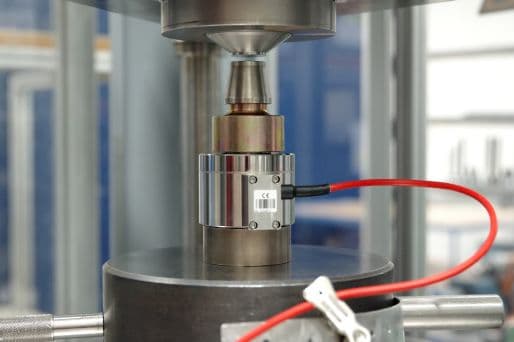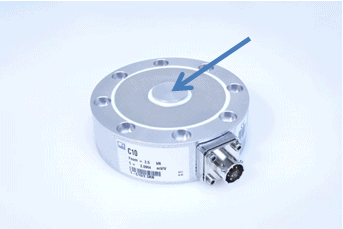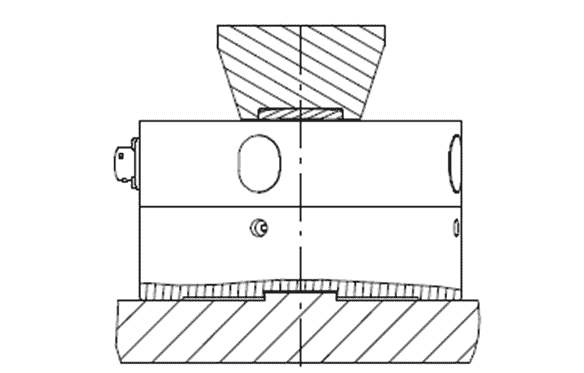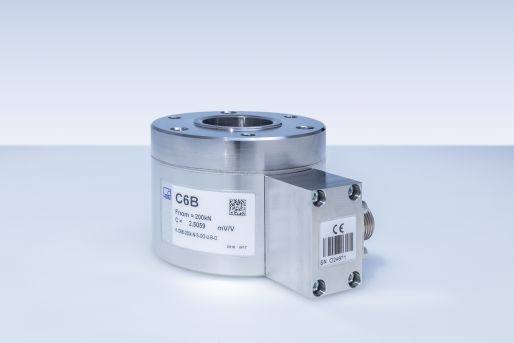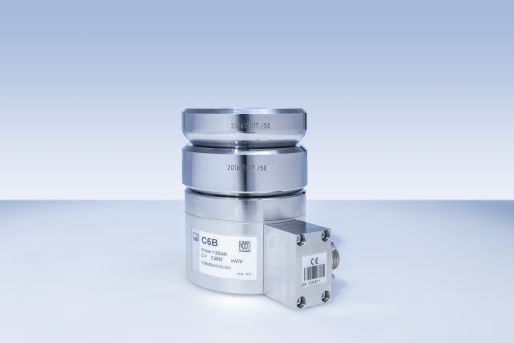A force transducer’s technical features and service life are not only determined by the force transducer itself but also by its design and the design of its force application parts. Structural elements to which force sensors are connected must meet specific technical requirements. Detailed information on this topic is provided in the operating manuals.
The load application parts should meet the following conditions to enable users to get the most out of the sensors’ accuracy and service life:
- A major requirement is that the force application parts must have a sufficient hardness (40 HRC) to minimize wear.
- The force application parts should have a polished surface (Ra=0.8 µm).
- The load application parts must not be severely deformed by the effect of the load.
- The load application parts are to ensure that the force is centrally and uniformly applied to the sensor.
